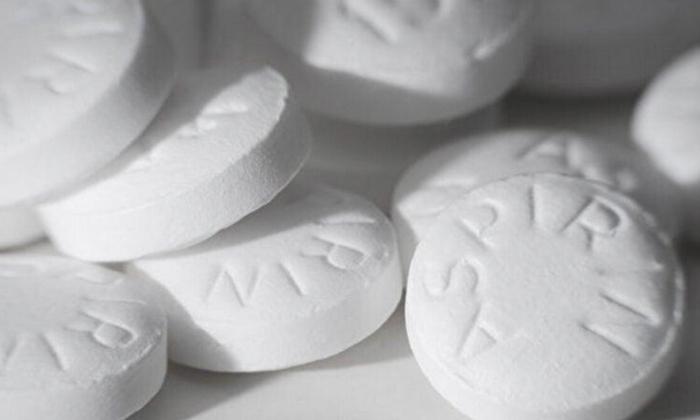Group A streptococcus (GAS) infections have been spreading in Europe recently, with the United Kingdom, France, Ireland, the Netherlands, and Sweden reporting a significant spike in cases in children under 10 years of age since September. Pediatric hospitals in the United States have also reported a rise in such cases from previous years.
On Dec. 12, the World Health Organization (WHO) and the European Centre for Disease Prevention and Control (ECDC) jointly issued a warning about emerging trends regarding the disease.
GAS or Strep A infections can incur sore throat, headache, fever, and other mild sicknesses, and can also morph into a severe invasive GAS (iGAS) infection, such as scarlet fever, necrotizing fasciitis, and streptococcal toxic shock syndrome.
“[C]oinfection of viruses with Group A Streptococcus may increase the risk of invasive disease (iGAS),” it said.
Last week, the U.S. Centres for Disease Control and Prevention said they are concerned about a possible spike in iGAS infections in children in the country.
Dr. James Versalovic, chief pathologist at Texas pediatric hospital in Houston, the largest pediatric hospital in the United States, said that potential iGAS infections have more than quadrupled in the past two months compared to the same period last year.
The Texas pediatric hospital recorded about 60 cases in October and November, he said.
iGAS Infection Causes Scarlet Fever

The report, citing official data, said there were 1,702 cases of the highly contagious infection reported to health authorities last week—a 26 percent rise from the week before.
“I want to stress that while we are seeing an increase in cases in children, this remains very uncommon,” he said. “There are lots of winter bugs circulating that can make your child feel unwell, that mostly aren’t cause for alarm.
“Make sure you speak to a healthcare professional if your child is getting worse after a bout of scarlet fever, a sore throat, or respiratory infection—look out for signs such as a fever that won’t go down, dehydration, extreme tiredness, intense muscle pains, difficulty breathing or breathing very fast.”
Scarlet fever occurs in children aged 5-15 years and its main symptoms are fever, sore throat, a white coating on the tip of a red, swollen tongue with small bumps (referred to as Strawberry tongue), skin rashes within 12 to 48 hours on infection, and minor toxicity symptoms such as headache, nausea, vomiting, abdominal pain, loss of appetite, and other discomfort.





